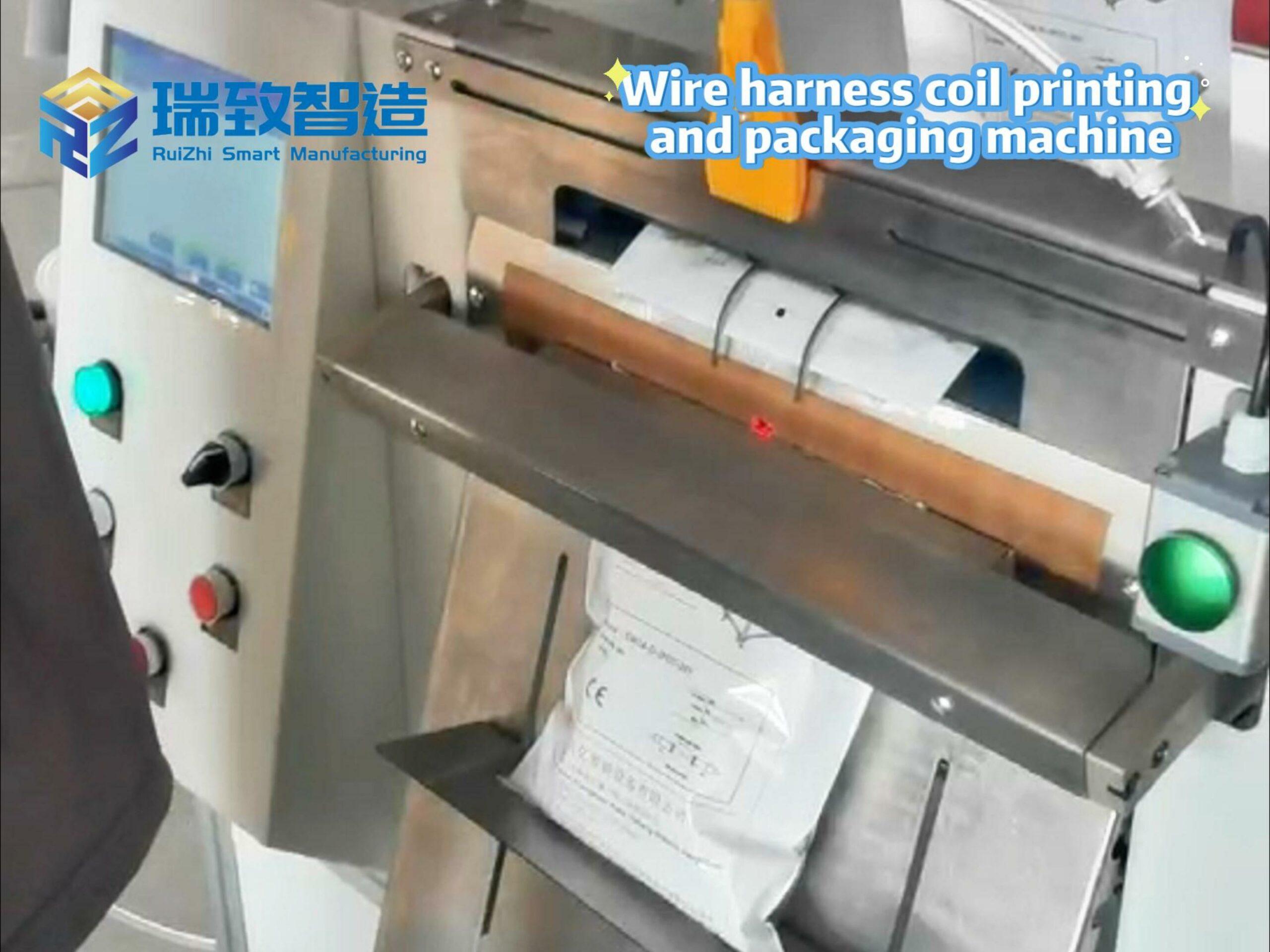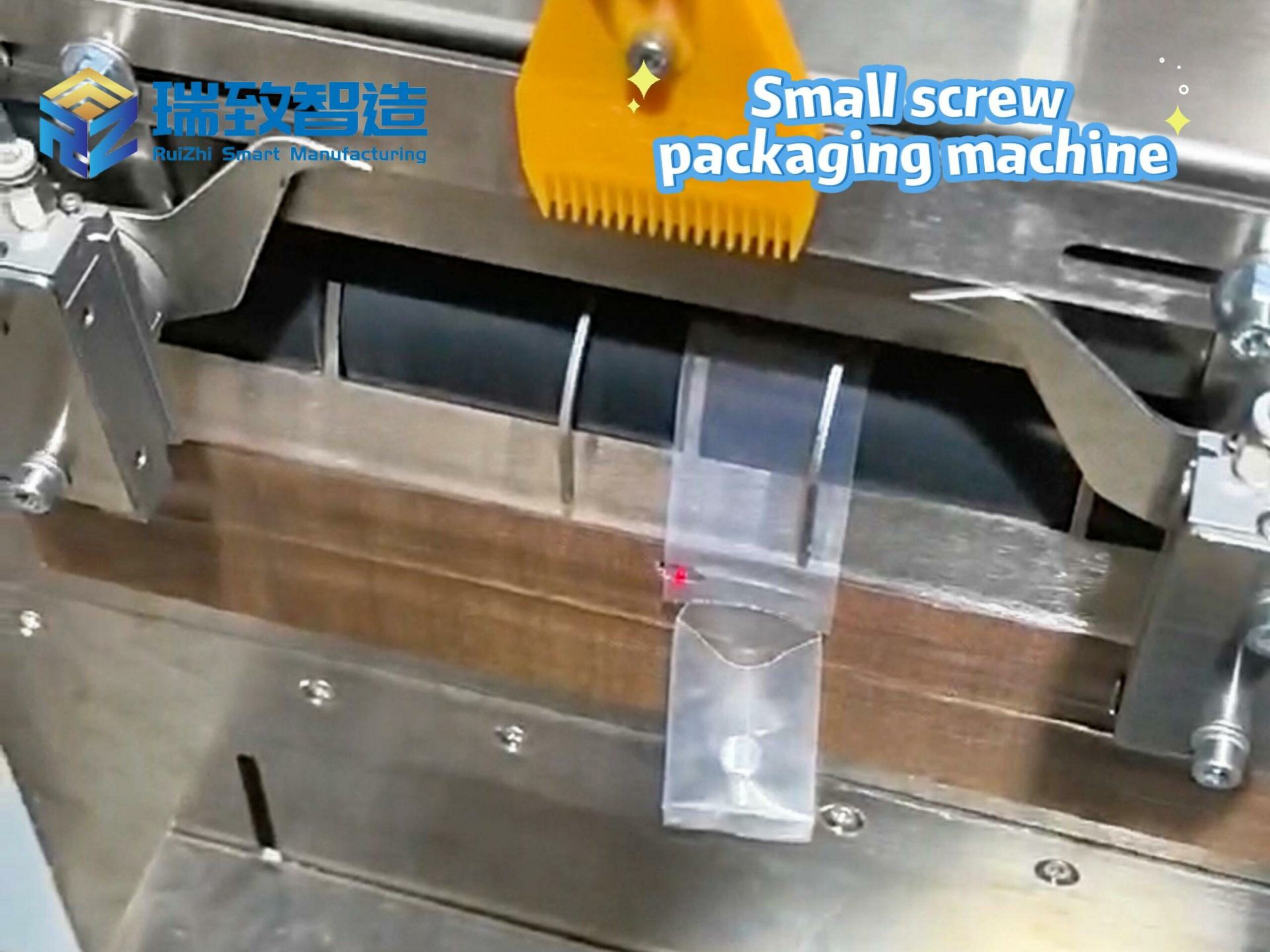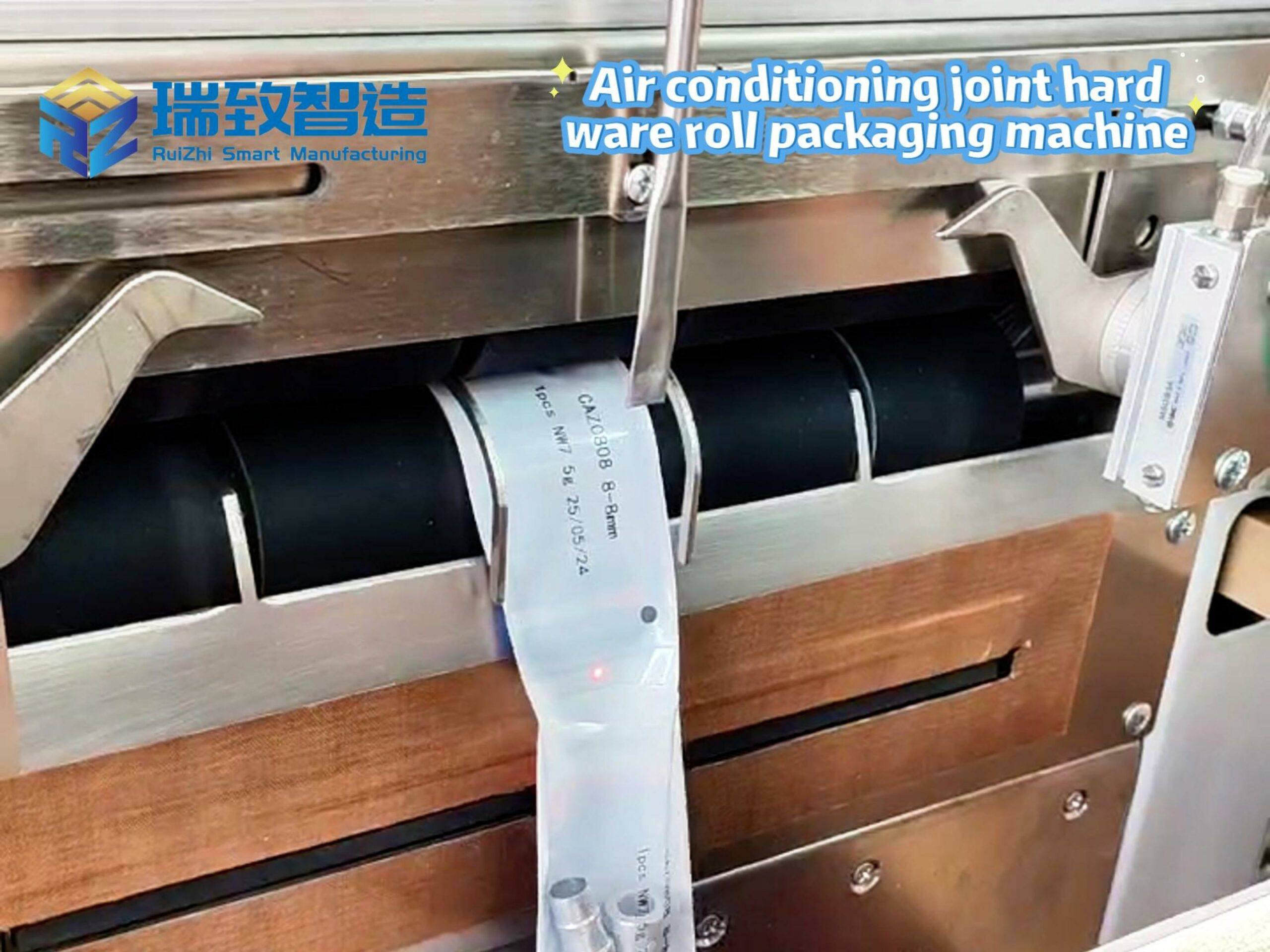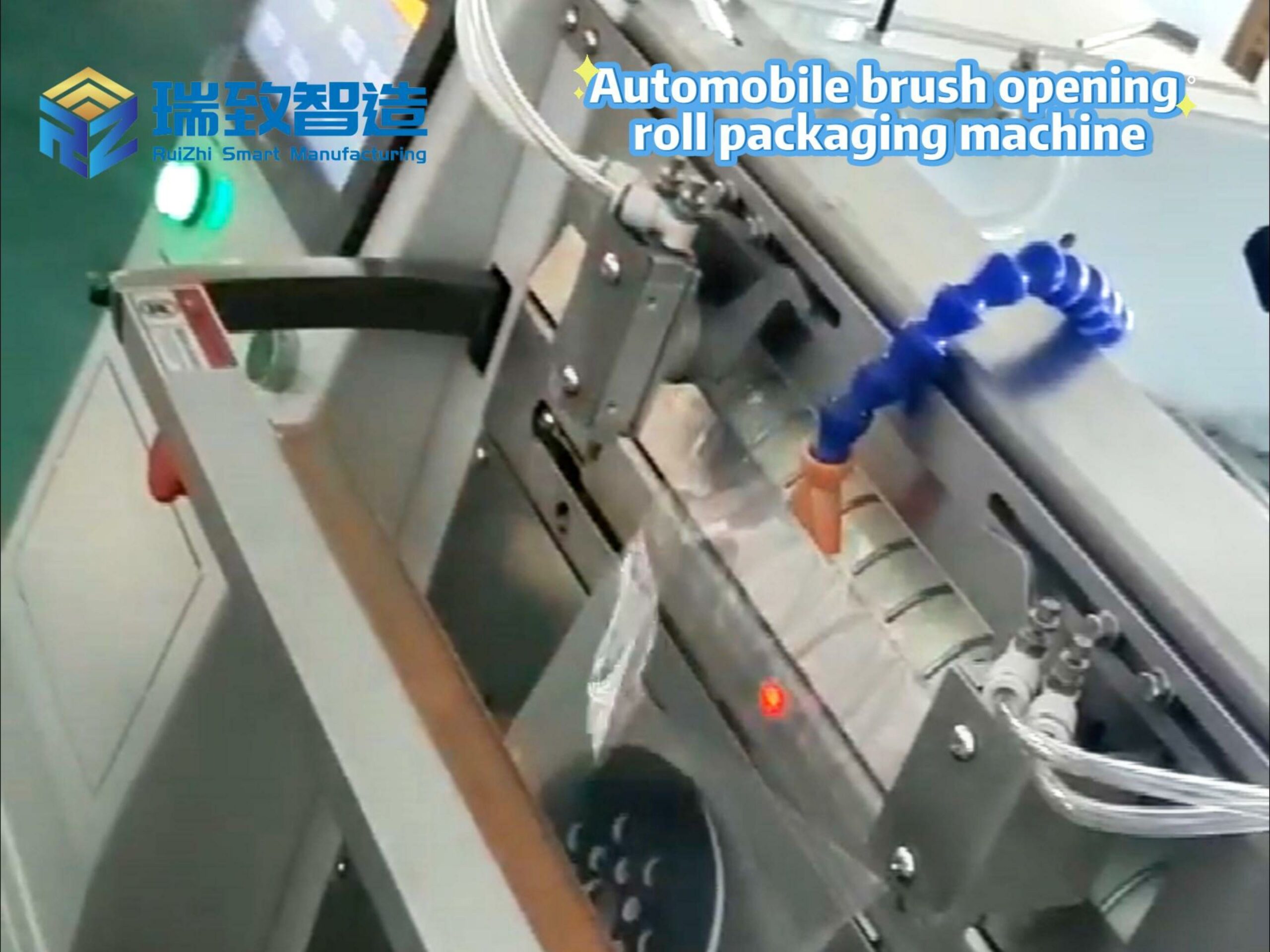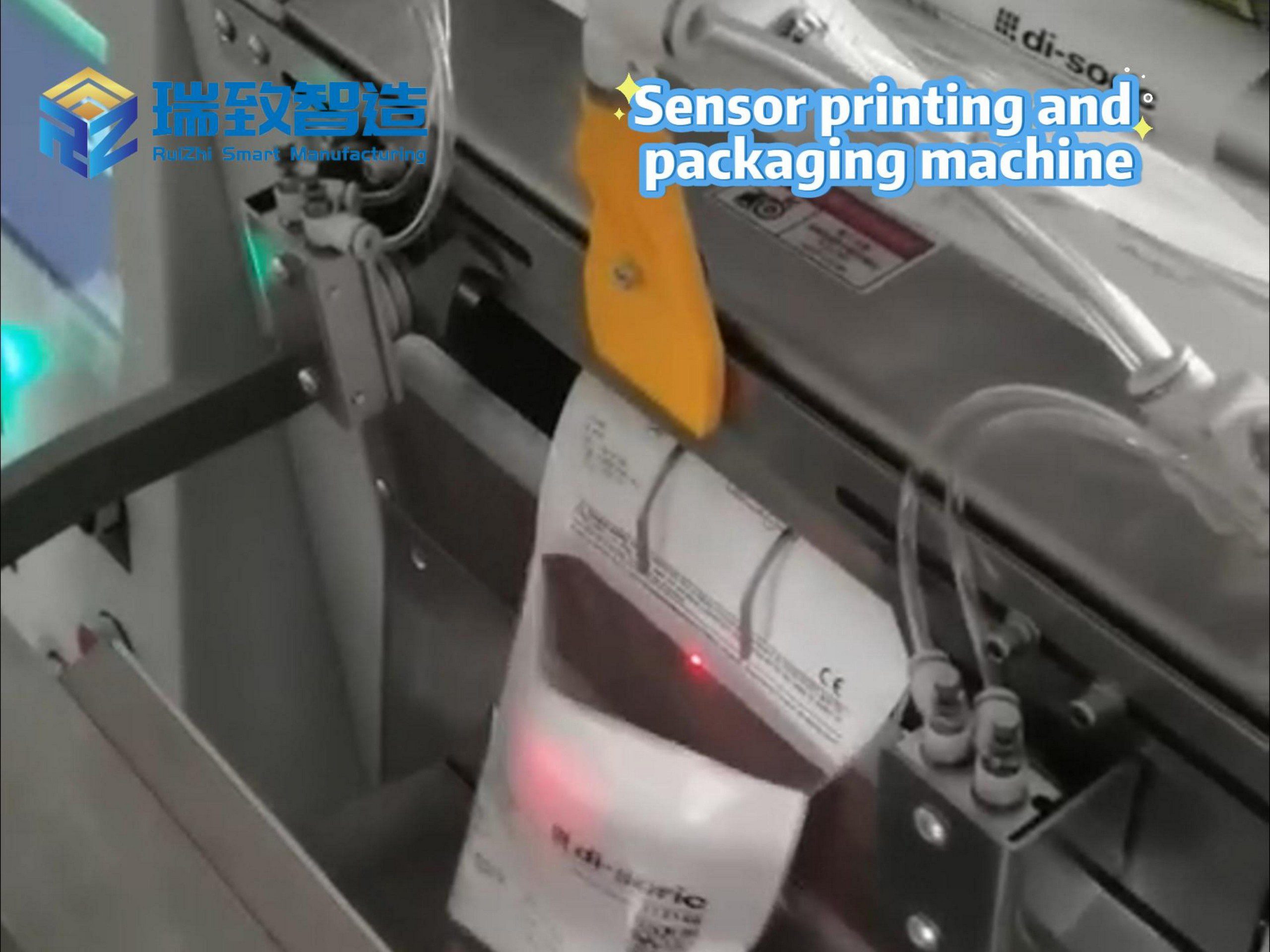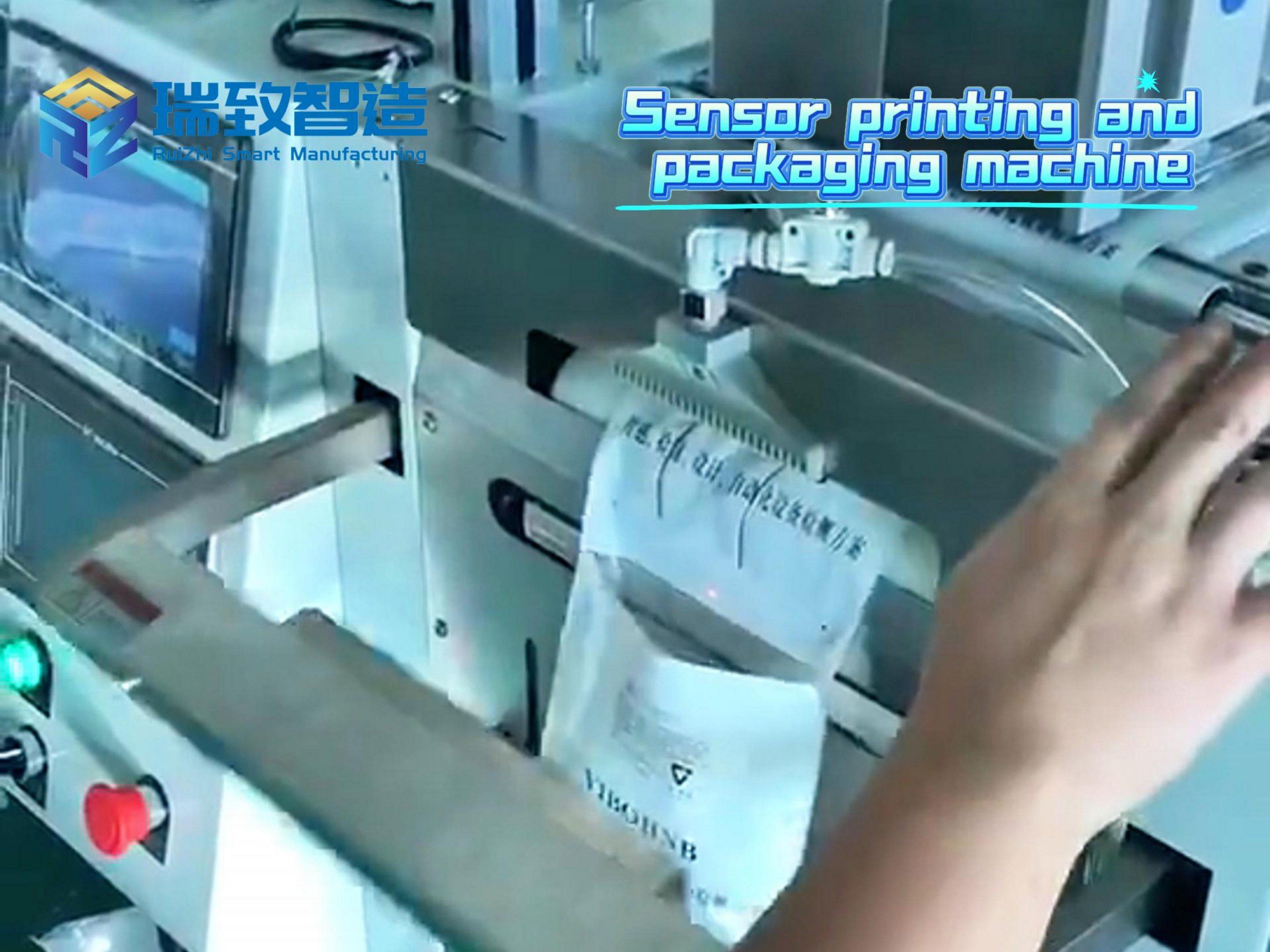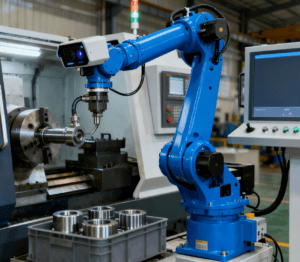
Starting October 1, a number of important national standards will come into force, covering areas such as industrial robot dynamic stability test methods, cloud computing hyper-converged systems, wet wipes and similar products, basic configuration of rehabilitation assistive devices in elderly care institutions, and national integrated government big data sharing and exchange. These standards will provide normative support for regulating the healthy development of emerging and future industries, creating a sound consumption environment, and safeguarding the safety of people’s lives and property.
National Standards for Industrial Robots and Service Robots
GB/T 45509—2025 Industrial Robots – Dynamic Stability Test Methods (a recommended national standard): Describes the test conditions, equipment, trajectory selection, procedures, and reports for the dynamic stability of industrial robots.GB/T 45501—2025 Industrial Robots – 3D Vision Guidance Systems – General Technical Requirements (a recommended national standard): Specifies the architecture, basic requirements, functional requirements, and performance requirements of 3D vision guidance systems used in the industrial robot field.GB/T 45502—2025 Service Robots – General Requirements for Information Security (a recommended national standard): Defines information security requirements and testing methods for service robots.
Notably, these robotics standards also provide key technical benchmarks for supporting automated production equipment closely linked to industrial robots—such as the Sistem Bongkar Muat Otomatis Mesin Bubut CNC, a core device in precision machining workshops. This system, which automates the grasping, positioning, and loading/unloading of shaft-shaped and disk-shaped parts processed by CNC lathes, can now rely on the 3D vision guidance specifications in GB/T 45501 to achieve accurate part position recognition (with a positioning error of ≤0.05mm) and avoid collision risks during material handling. At the same time, it follows the dynamic stability requirements in GB/T 45509 to optimize the movement trajectory of its robotic arm, ensuring stable operation even under high-frequency loading/unloading cycles (up to 120 times per hour) and reducing equipment failure rates by over 30%.
The implementation of these robotics-related standards will strongly promote the R&D and industrialization of dynamic stability measurement systems for industrial robots, enhance the application of robot 3D vision systems in manufacturing, and improve the information security level of service robot products.
National Standards for Cloud Computing Hyper-Converged Systems and Cloud Supercomputing
GB/T 45399—2025 Information Technology – Cloud Computing – General Technical Requirements for Hyper-Converged Systems (a recommended national standard): Establishes a reference model for hyper-converged systems and sets requirements for computing virtualization components, storage virtualization components, network virtualization components, security virtualization components, and operation and maintenance management. It will provide guidance for hyper-converged system manufacturers in designing and producing hyper-converged products.GB/T 45400—2025 Information Technology – Cloud Computing – General Requirements for Cloud Supercomputing (a recommended national standard): Proposes a reference architecture for cloud supercomputing services and specifies general requirements for cloud supercomputing.
The implementation of these two standards will provide a reference for third-party testing and evaluation institutions to conduct tests and assessments, further improve China’s cloud computing standard system, and enhance China’s core competitive advantages in the hyper-converged field.
National Standard for Limits of Hazardous Substances in Watch External Components
GB 44702—2024 Provisions on Limits of Hazardous Substances in Watch External Components in Direct Contact with Human Skin (a mandatory national standard): Defines terms and definitions related to the limits of hazardous substances in watch external components that come into direct contact with human skin, and specifies basic requirements, inspection rules, and labeling. It applies to watch external components made of metals, cermets, leather, plastics, rubber, synthetic sapphire, inorganic glass, and fiber composites that are in direct contact with human skin.
The implementation of this standard will help protect consumers’ health and legitimate rights and interests, and regulate the healthy development of the clock and watch industry.
National Standards for Wet Wipes and Similar Products
GB/T 27728.1—2024 Wet Wipes and Similar Products – Part 1: General Requirements (a recommended national standard): Specifies general requirements for various types of wet wipes, as well as specific requirements for adult wet wipes, pet wet wipes, and object-cleaning wet wipes.GB/T 27728.2—2024 Wet Wipes and Similar Products – Part 2: Specific Requirements for Baby and Children’s Wet Wipes (a recommended national standard): Defines requirements for wet wipes used in daily life for infants and children aged 6 and below.GB/T 27728.3—2024 Wet Wipes and Similar Products – Part 3: Specific Requirements for Disinfectant Wet Wipes (a recommended national standard): Specifies requirements for disinfectant wet wipes used in daily life, excluding those for medical environments and medical devices.
The implementation of these standards will help improve the safety of wet wipe products, guide consumers in selecting and using wet wipes properly, and promote the high-quality development of the industry.
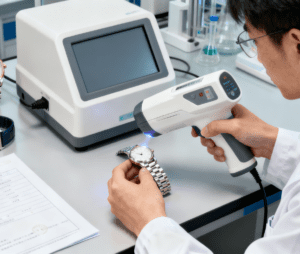
National Standards for Safety and Control Devices for Gas Burners and Combustion Appliances
GB/T 45384—2025 Safety and Control Devices for Gas Burners and Combustion Appliances – Special Requirements – Pneumatic Gas-Air Ratio Control Devices (a recommended national standard): Specifies requirements for the classification and grouping of pneumatic gas-air ratio control devices used in urban gas burners and combustion appliances.GB/T 45385—2025 Safety and Control Devices for Gas Burners and Combustion Appliances – Special Requirements – Exhaust Valves (a recommended national standard): Defines requirements for the structural materials of exhaust valves used in gas burners and combustion appliances.
These two standards are supporting standards for safety control components related to gas burners in China. Their implementation will further improve China’s national standard system for gas burner components, which is of great significance for enhancing the safety and reliability of complete gas-burning equipment and ensuring gas safety.
National Standard for Basic Configuration of Rehabilitation Assistive Devices in Elderly Care Institutions
GB/T 45933—2025 Basic Configuration of Rehabilitation Assistive Devices in Elderly Care Institutions (a recommended national standard): Specifies the basic requirements, configuration requirements, and basic configuration list for rehabilitation assistive devices in elderly care institutions.
The implementation of this standard will help elderly care institutions configure rehabilitation assistive devices rationally, avoid resource waste, and support the high-quality development of the elderly care industry.
National Standard for the Management and Service of Libraries in Township (Subdistrict) Comprehensive Cultural Stations
GB/T 45499—2025 Management and Service of Libraries in Township (Subdistrict) Comprehensive Cultural Stations (a recommended national standard): Covers general principles, management, and services of libraries in township (subdistrict) comprehensive cultural stations.
The implementation of this standard will standardize the construction and management of township (subdistrict) libraries and comprehensively improve the service level of grassroots libraries in China.
National Standard for National Integrated Government Big Data Sharing and Exchange
GB/T 45800.2—2025 National Integrated Government Big Data System – Part 2: Requirements for Data Sharing and Exchange (a recommended national standard): Specifies the overall framework, exchange methods and requirements, exchange processes, and data security for data exchange in the sharing services of the national integrated government big data system. It applies to data exchange work carried out by government data platforms at all levels and also provides a reference for other organizations to participate in data exchange relying on government data platforms at all levels.
The implementation of this standard will help eliminate blockages in the business chains and data sharing of the national integrated government service platform and government service institutions at all levels, promote more government service items to be handled “across provinces”, and improve the level of government services.











